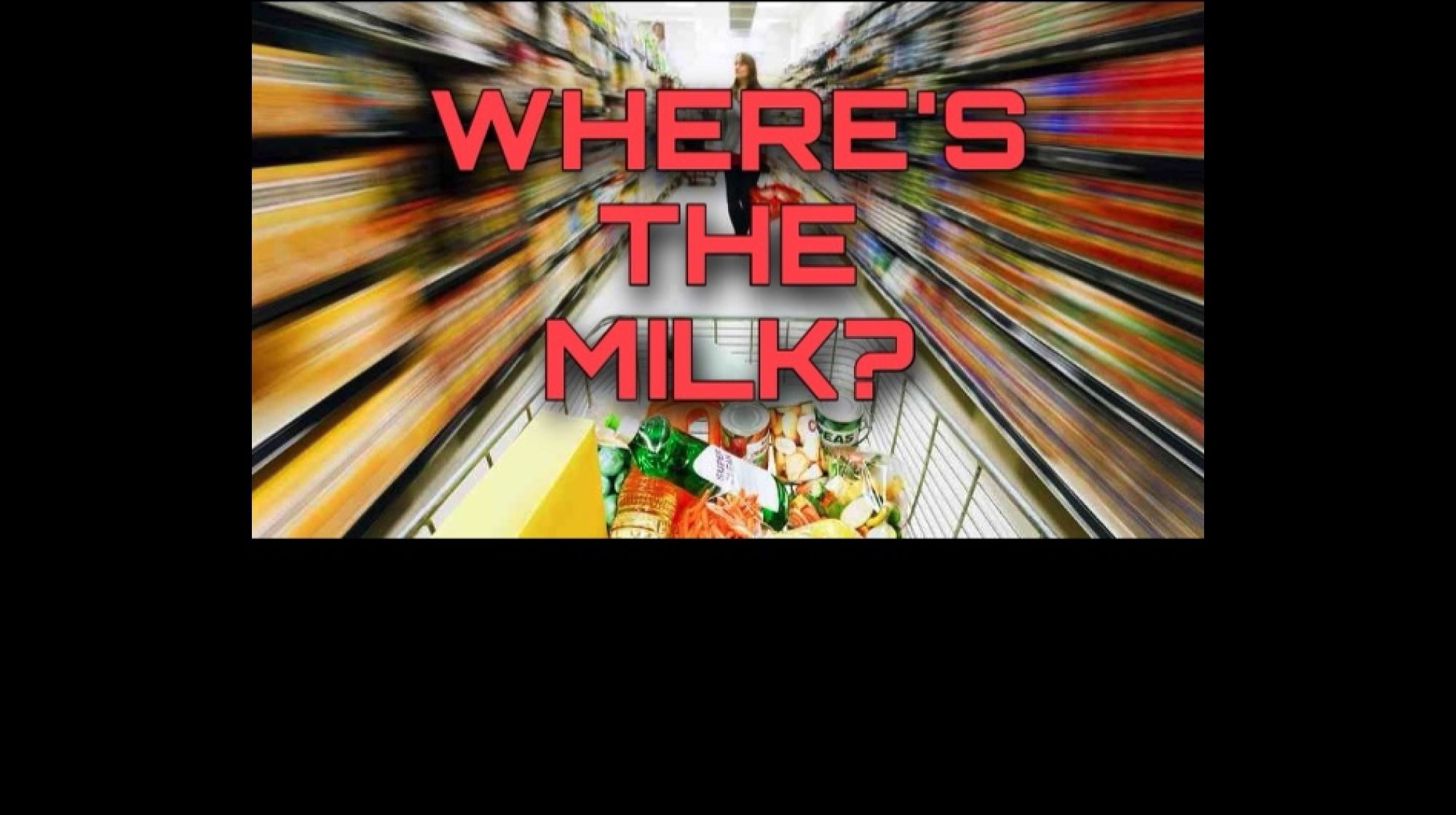This week I did the following tasks:
- Attended the mandatory meeting, asked questions and took notes
- One important take away was understanding the nature of the course as more of one where we build a recip, testing which ingredients work best where, rather than all the raw ingredients
- Another takeaway was to consider the scarcity of raspberry pi’s and beginning to think of alternatives
- Began some actual code for the detection algorithms
- Created a jupyter file on Google Colab to test SIFT, SURF, BRISK, color detection
- Wrote some code and read through various docs
- Learned about matching and feature extraction processes
- Introduced to FLANN and Brute Force
- Learned more about ways to speed up detection
- In addition to gray scale, learned about converting to HSV
- This enables one channel (H – Hue) for the colors, I’m thinking this could speed up color detection
- In addition to gray scale, learned about converting to HSV
In terms of schedule, I did some more work, but not as much as I anticipated with a couple hiccups like finding that SIFT / SURF are patented algorithms. Also, I need to improve on my time management as well if I am honest.
The main way I intend to catch up and do better this upcoming week is the following
- Continue testing the open source options such as BRISK
- See if we can find a workaround i.e. use older versions of open cv / python to implement SIFT
- Break down my schedule to a more micro scale for the week and have smaller milestones to try to manage my time better and avoid going down rabbit trails of non-essential research / information
This next week, I hope to complete a testable version of BRISK object detection for various grocery items. I hope to also begin shifting to interconnectivity requirements (i.e. raspberry pi, camera, computer, cloud) and the location of processing as we become more familiar and have tested some algorithms
